(3 min read) A hidden gem in Paris, the Gustave Moreau Museum offers a rare, uncrowded glimpse into the dreamlike world of the late 19th century Symbolist movement.
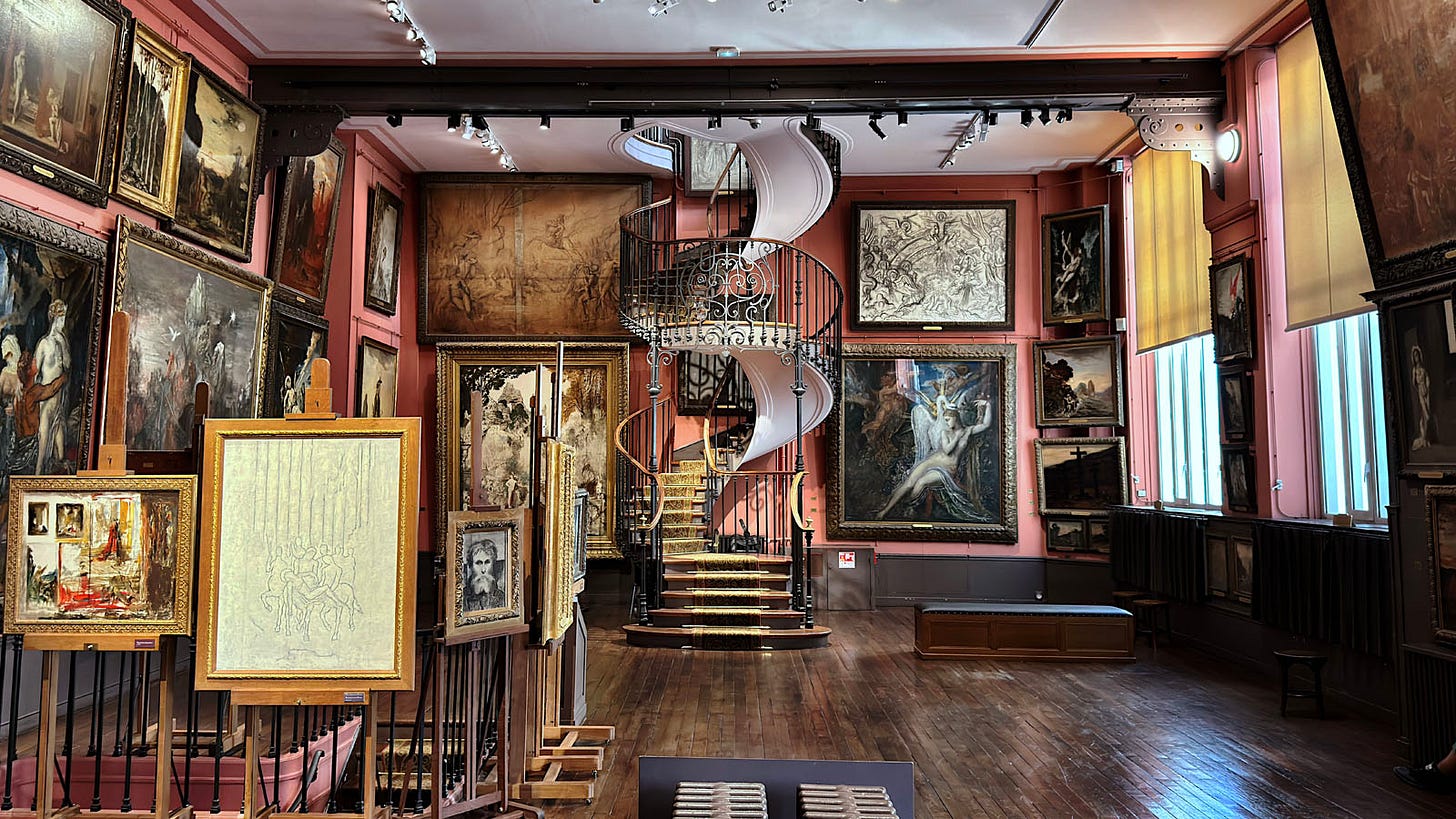
Overview
Paris has no shortage of blockbuster museums worth dozens of hours each, but when the crowds at the Louvre, d’Orsay, or Centre Pompidou start to overwhelm you, I know a quiet place filled with strange and magical beauty.
The Gustave Moreau Museum is located in the artist’s 9th arr home and studio, and is one of the city’s best-kept secrets — a shrine to one of the most prolific and fantastical painters of the 19th century.
Gustave Moreau (1826–1898) was a leading figure of Symbolism, an artistic movement that rejected realism and impressionism in favor of dreamlike imagery drawn from mythology, religion, and the deep recesses of the unconscious. While his contemporaries painted fleeting moments of modern life, Moreau conjured visions of gods, heroes, and mystic realms. His intricate, jewel-like paintings are both opulent and enigmatic, layered with cryptic symbolism and shimmering detail.
Unlike many of his peers, Moreau was no bohemian socialite; he was intensely private and focused entirely on his art. His museum, housed in his former home and studio, remains just as intimate.
The ground floor holds his living quarters, preserved in time, while the upper levels explode with his creative energy — hundreds of paintings, drawings, and unfinished works crowd the walls. This is where Moreau’s process comes to life: sketches revealing the bones of compositions, half-realized canvases caught between vision and execution. Few places offer such a raw, unfiltered view of an artist’s mind at work.
Despite its significance, the museum remains blissfully uncrowded. In a city where art-viewing often feels like a battle for elbow room, the solitude here is a gift. These photos were all taken on afternoon visits, and as you can see the place is virtually empty.
Moreau’s influence outlived him — his visionary style inspired Surrealists like Dali and Breton, and his mythopoetic approach anticipated Jungian ideas of the collective unconscious. But unlike Impressionism or Art Nouveau, Symbolism never quite became a household name. That’s part of its allure: it remains esoteric, half-forgotten, waiting to be rediscovered.
And that’s exactly what a visit to this museum feels like — an invitation to step into a dream, uninterrupted.
Don’t Miss
You likely would not miss them, but make sure to spend some time closely looking at the two paintings on the center of each side of the separating wall on the top floor. Unlike a lot of the paintings that fill the high walls here, these are at eye level and reward close viewing. They are shown in figures 12 & 13 below, but I’ve also shared very detailed slideshows of them on my instagram account and in my substack Notes.
Links to those detailed looks are below.
In Detail — “Jupiter & Semele” (1894-5): Instagram (18 photos) / Notes (5 photos)
In Detail — “The Life of Humanity (1884-6): Instagram (13 photos) / Notes (6 photos)
Practical Details
Where: Paris, France
My Visits: 16 Sep 2021 & 28 Nov 2024
Best For: Art lovers drawn to the mystical and mythological; fans of Symbolism, Surrealism, or esoteric art; anyone seeking an uncrowded, contemplative museum experience in Paris.
Pro Tip: Visit in the afternoon when other museums are crowded; enjoy the peace and don’t rush.


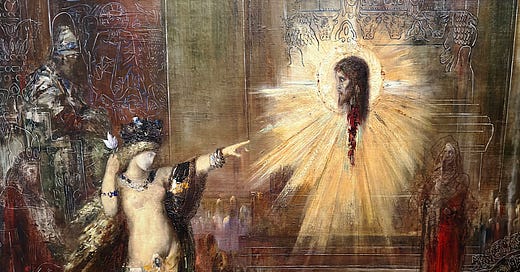


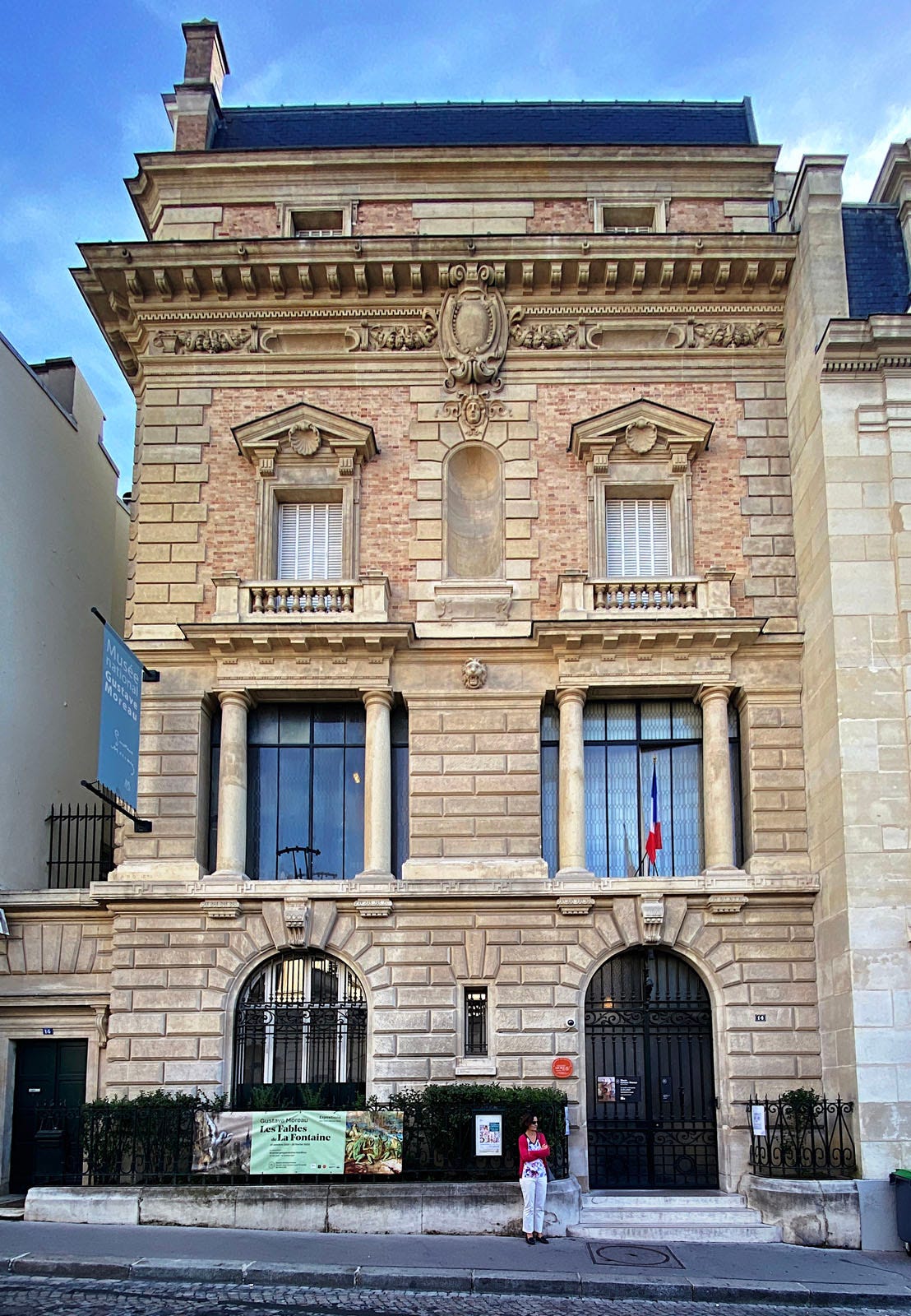
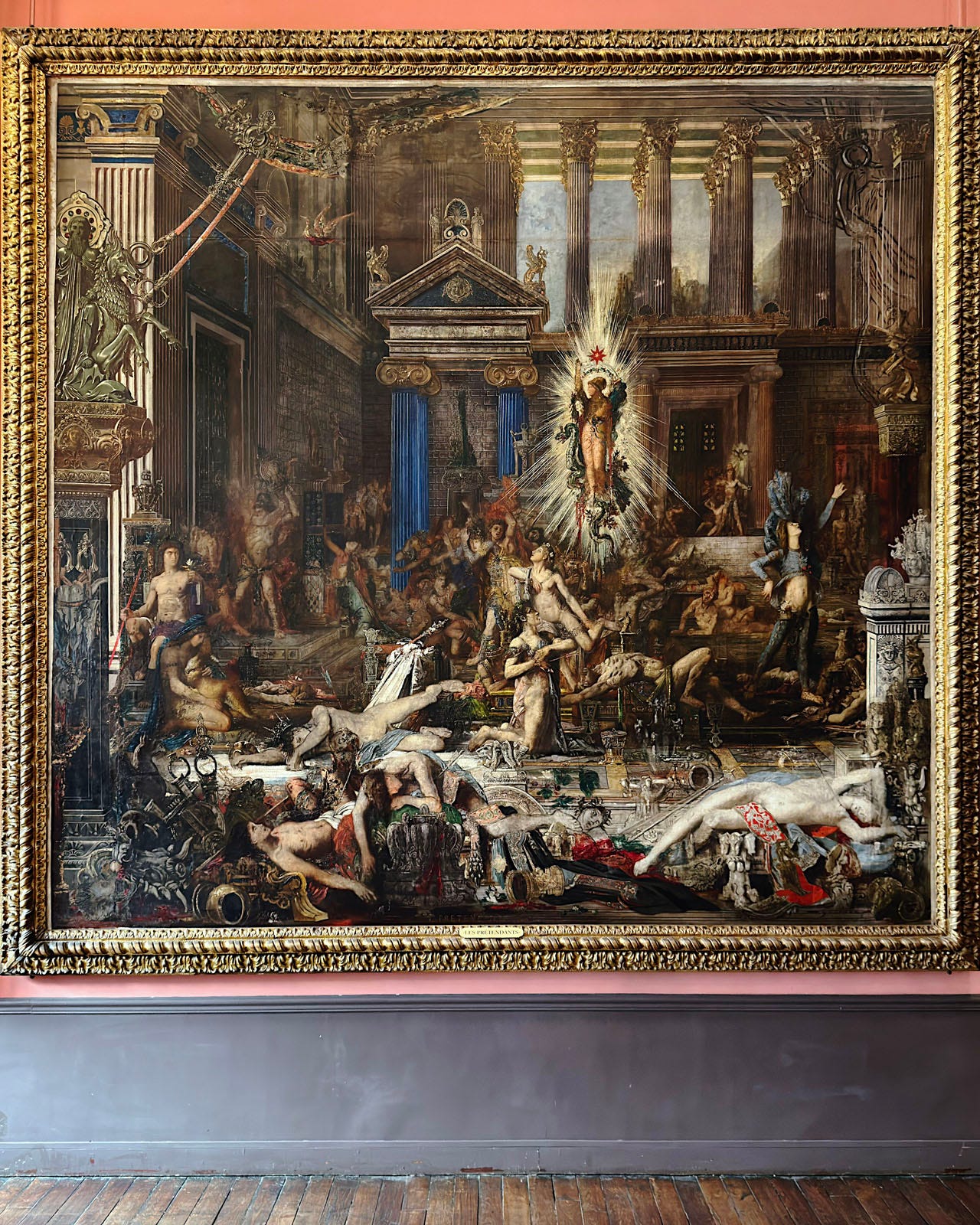
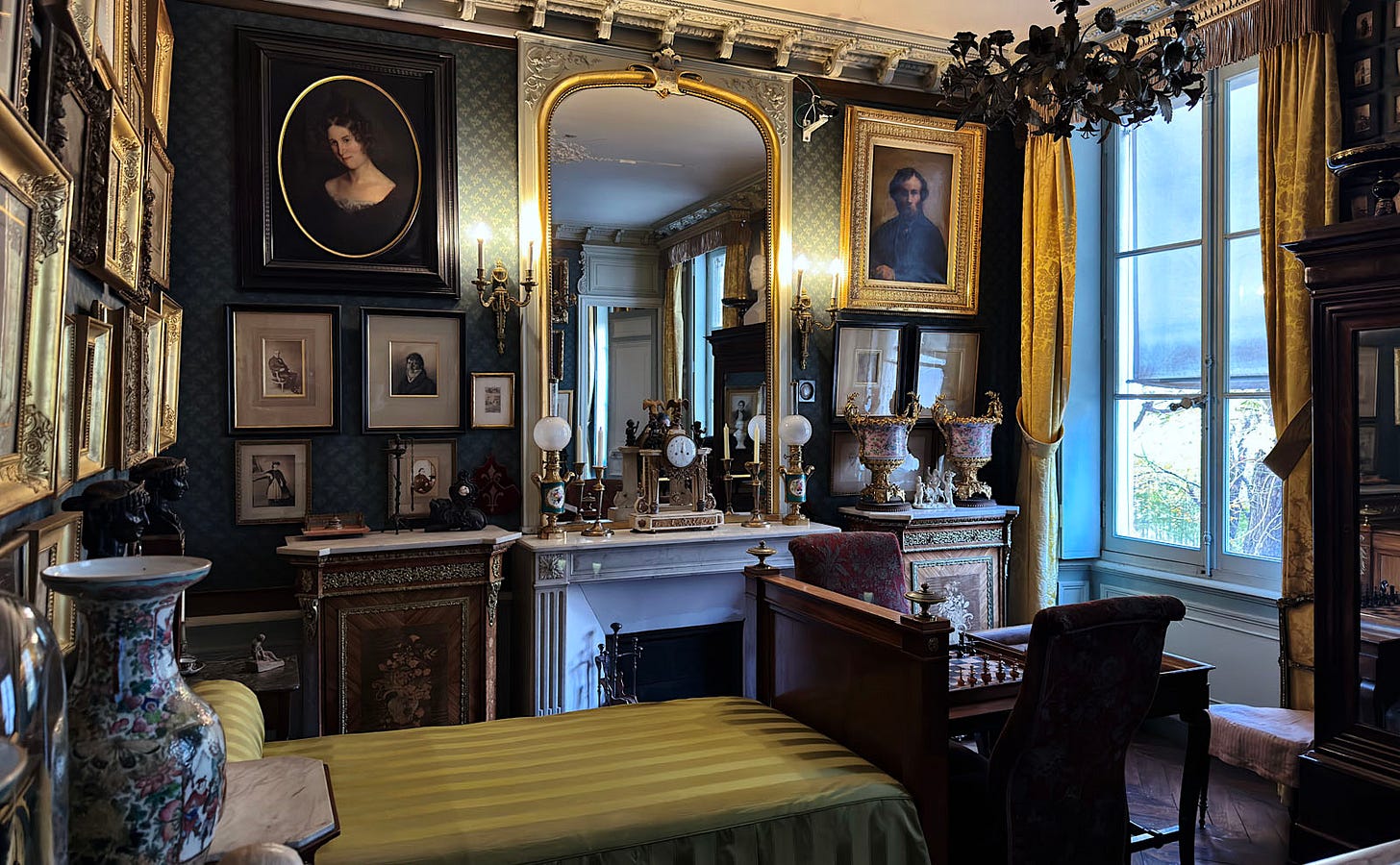
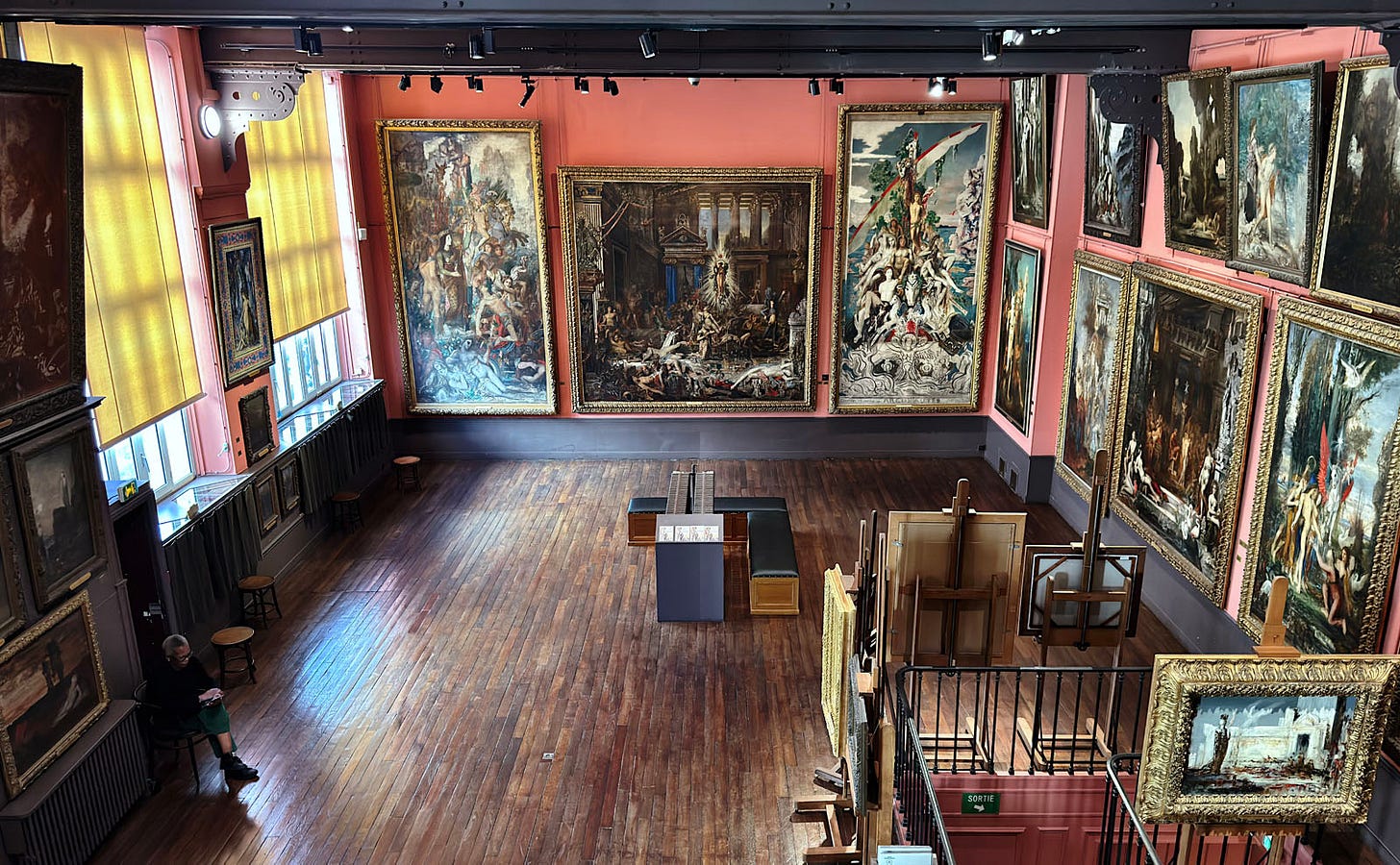
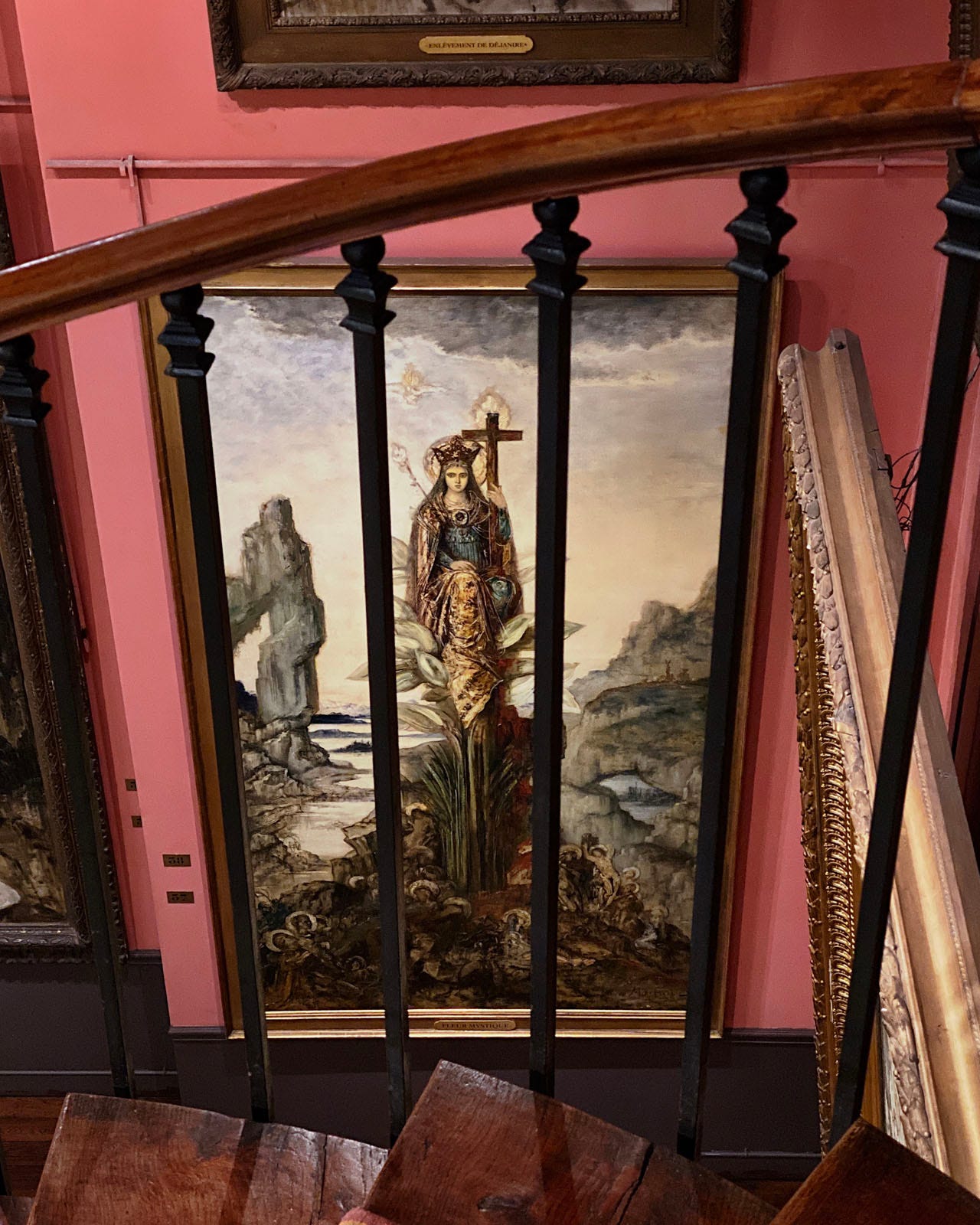
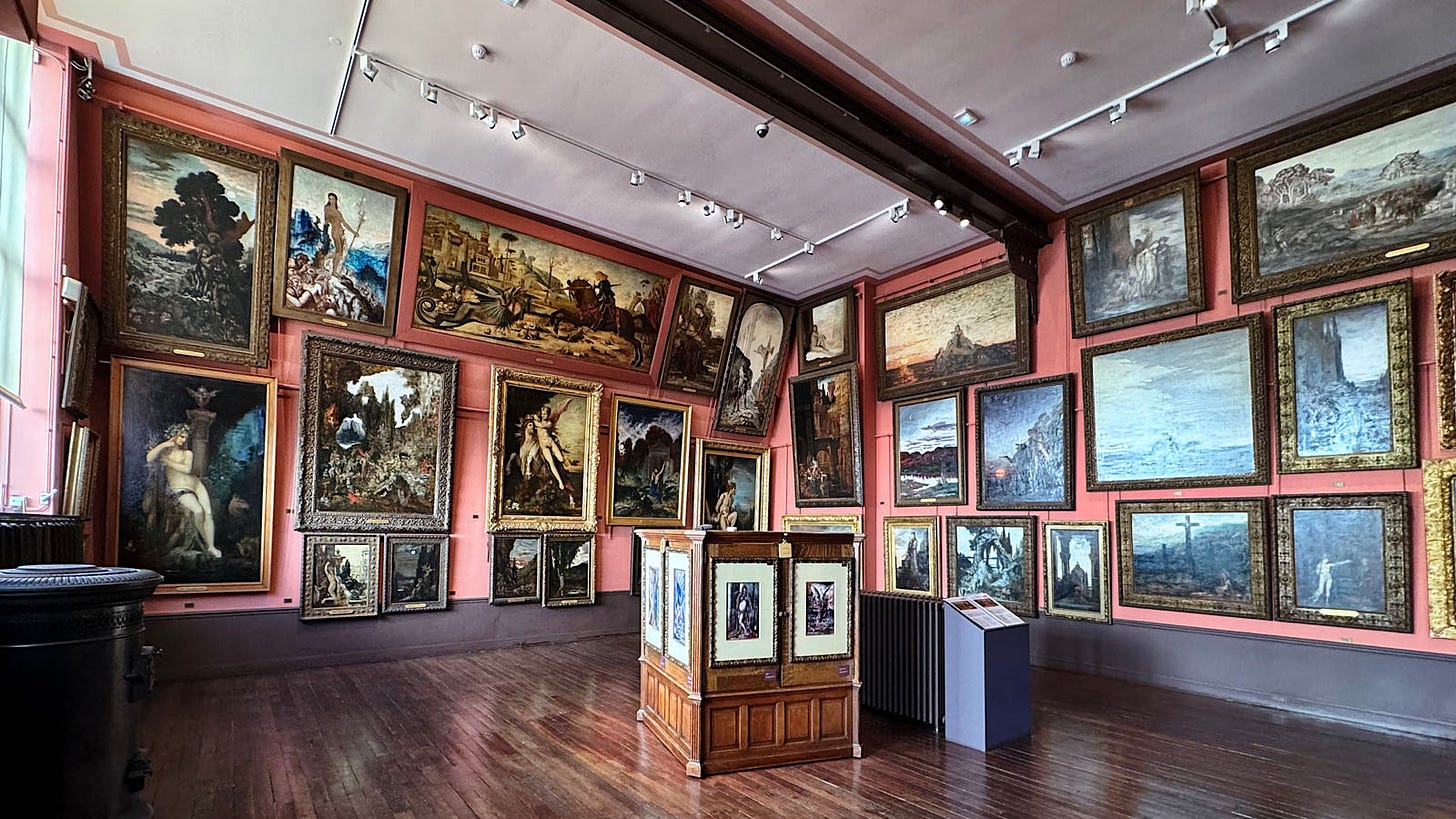
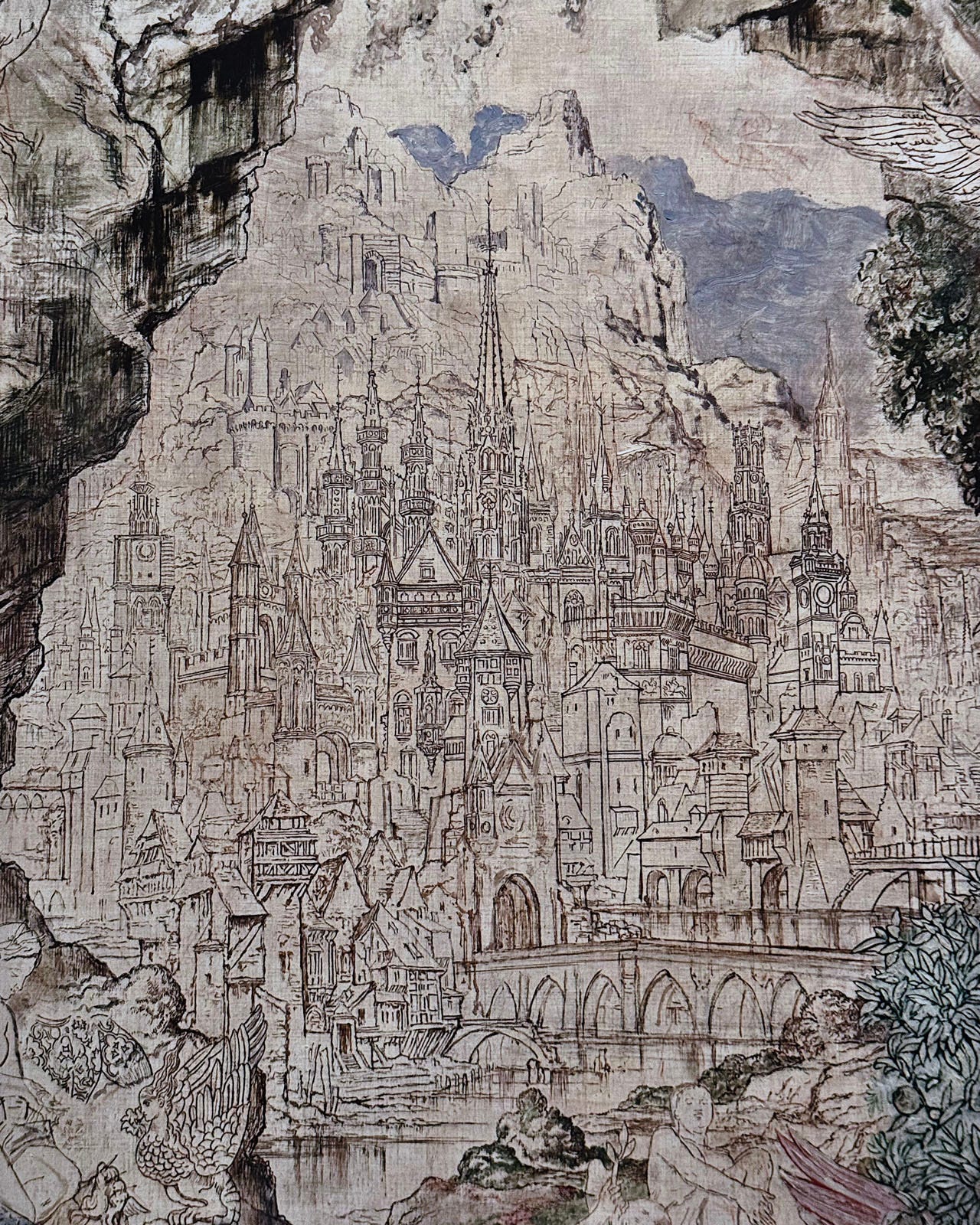
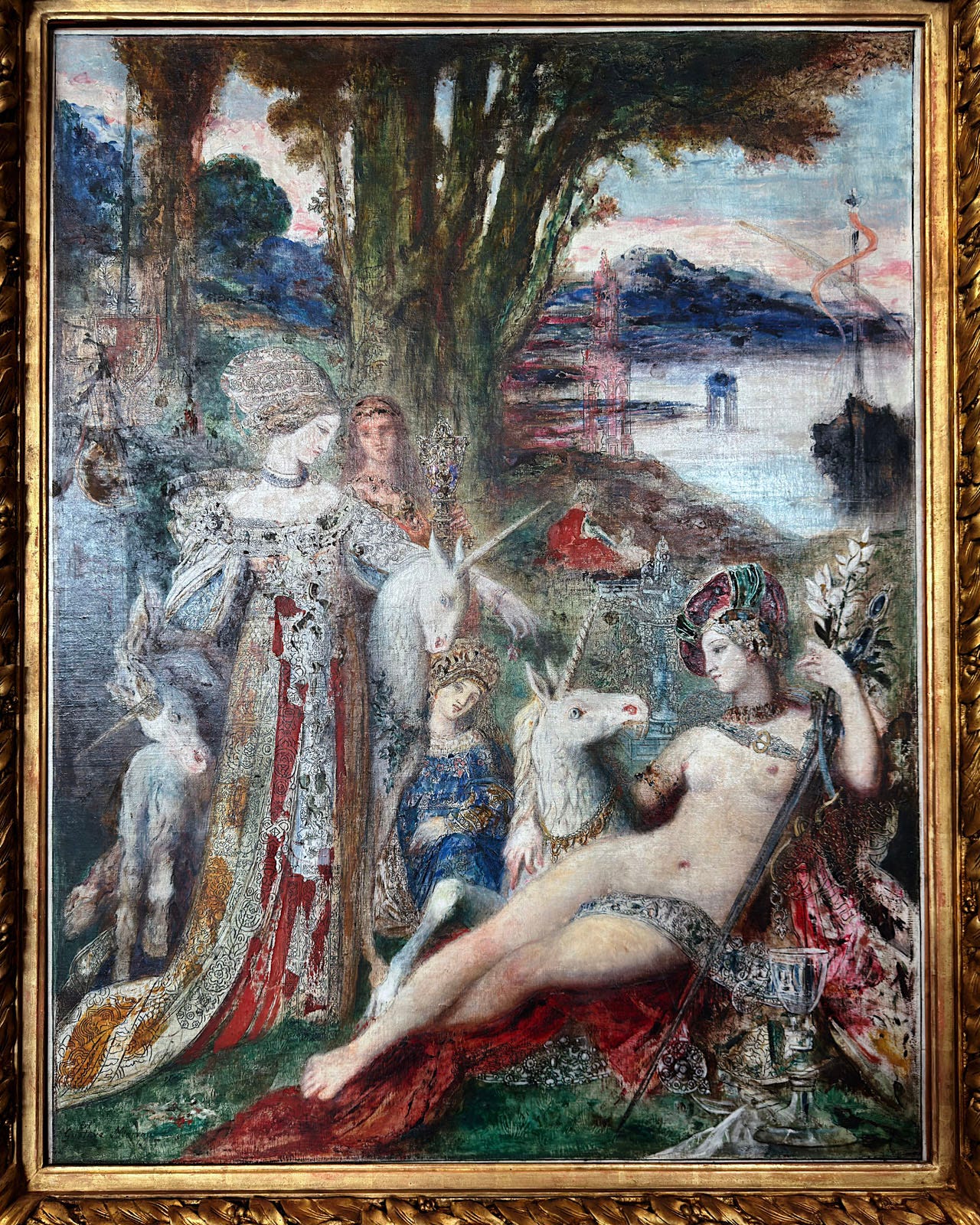
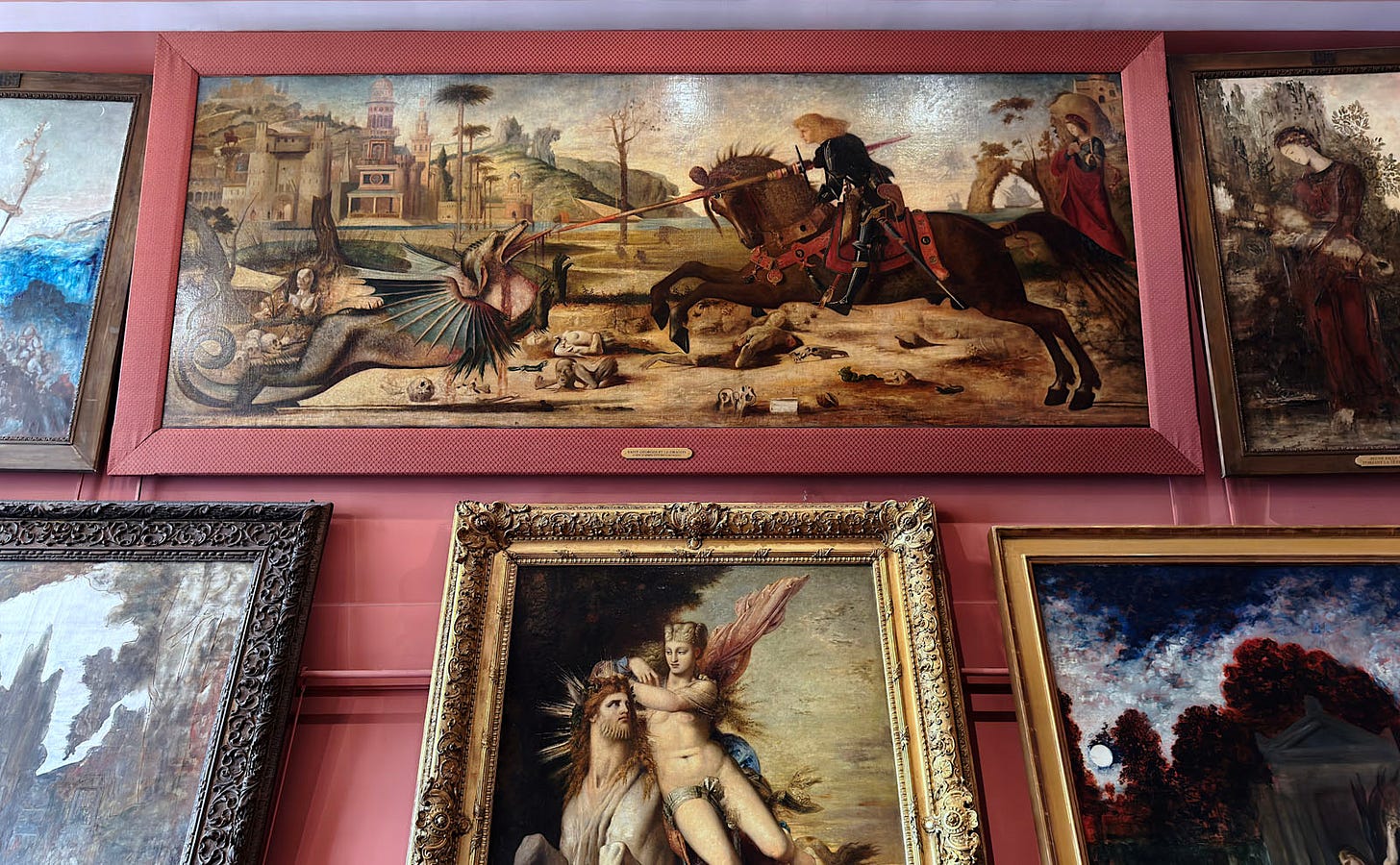
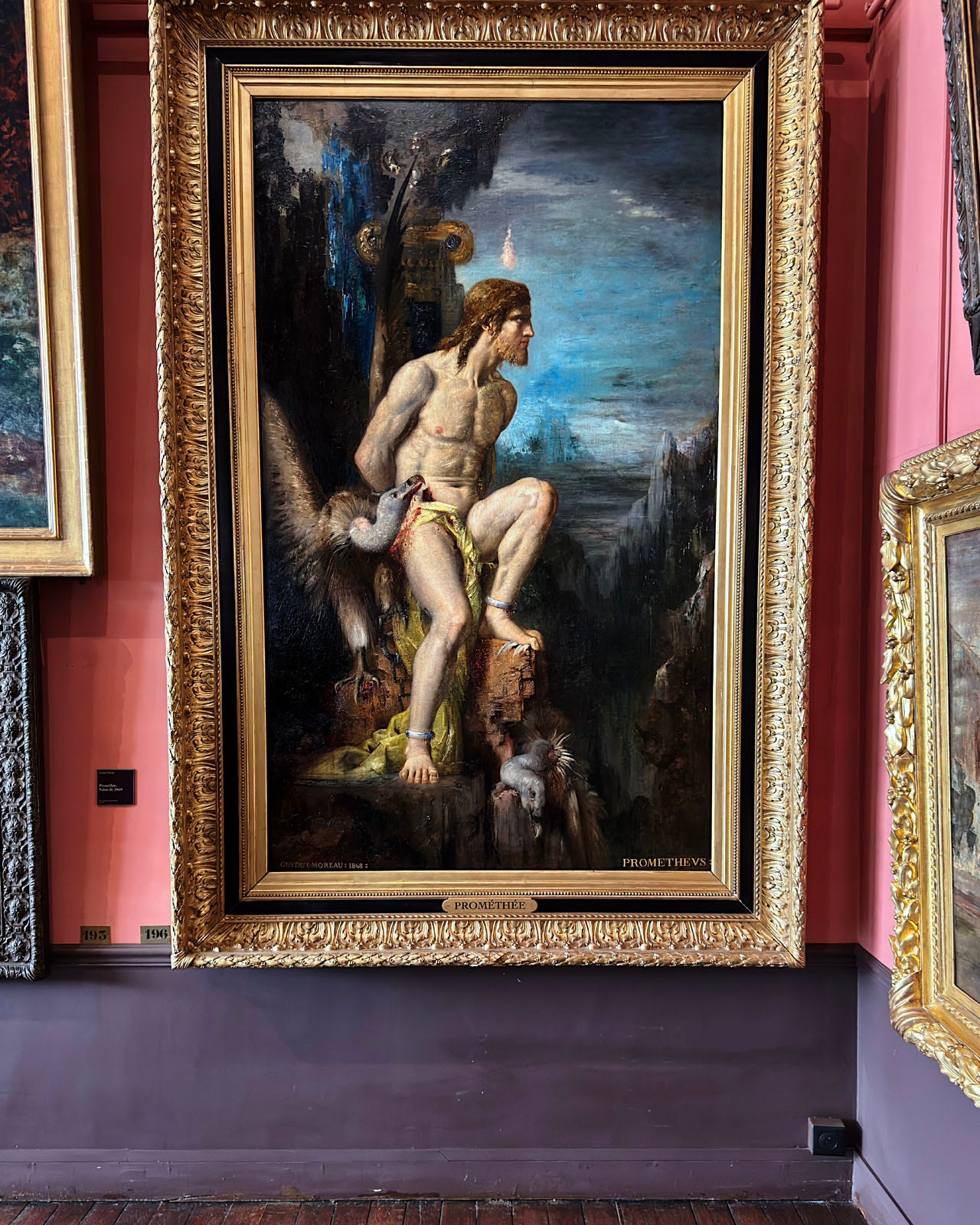
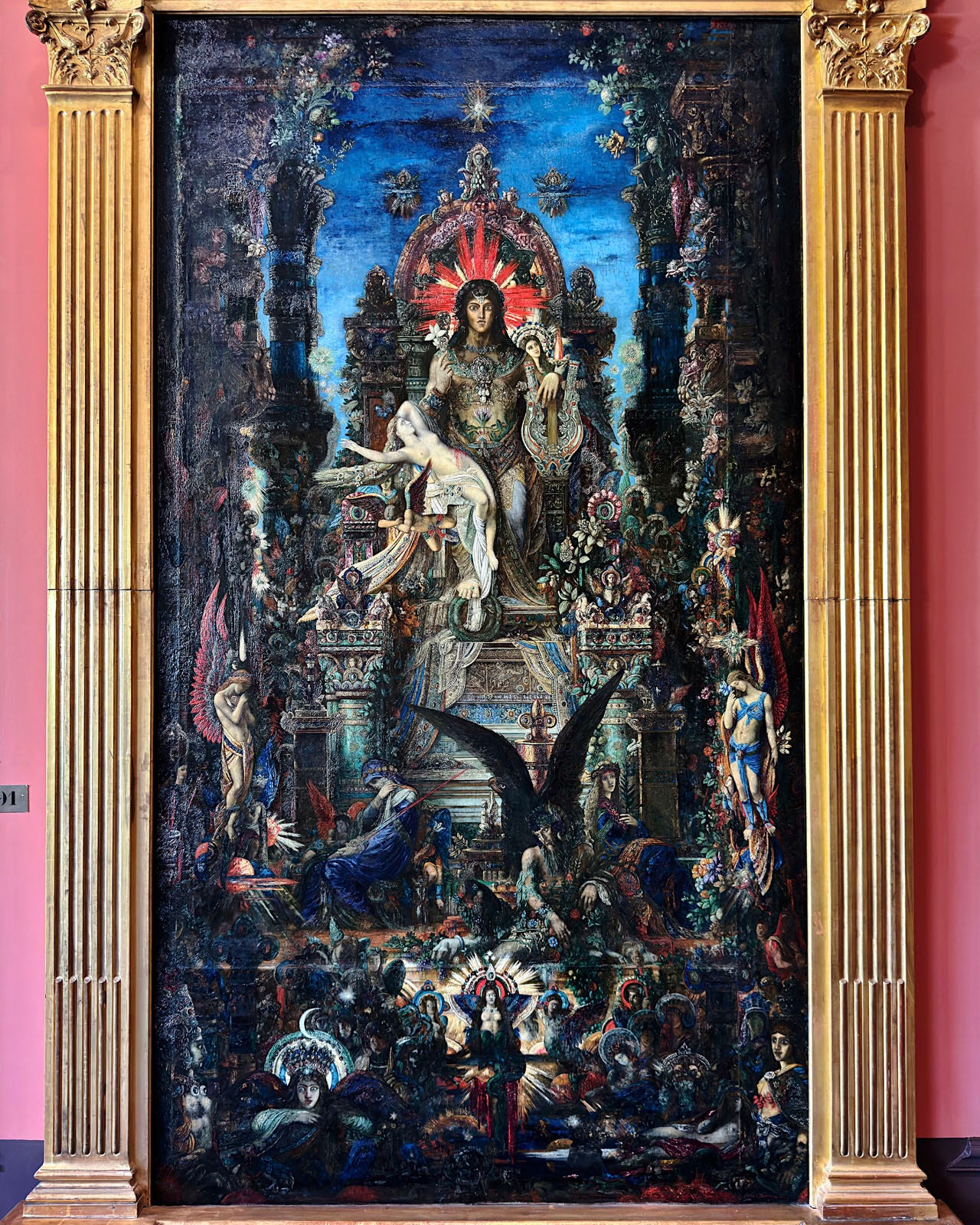
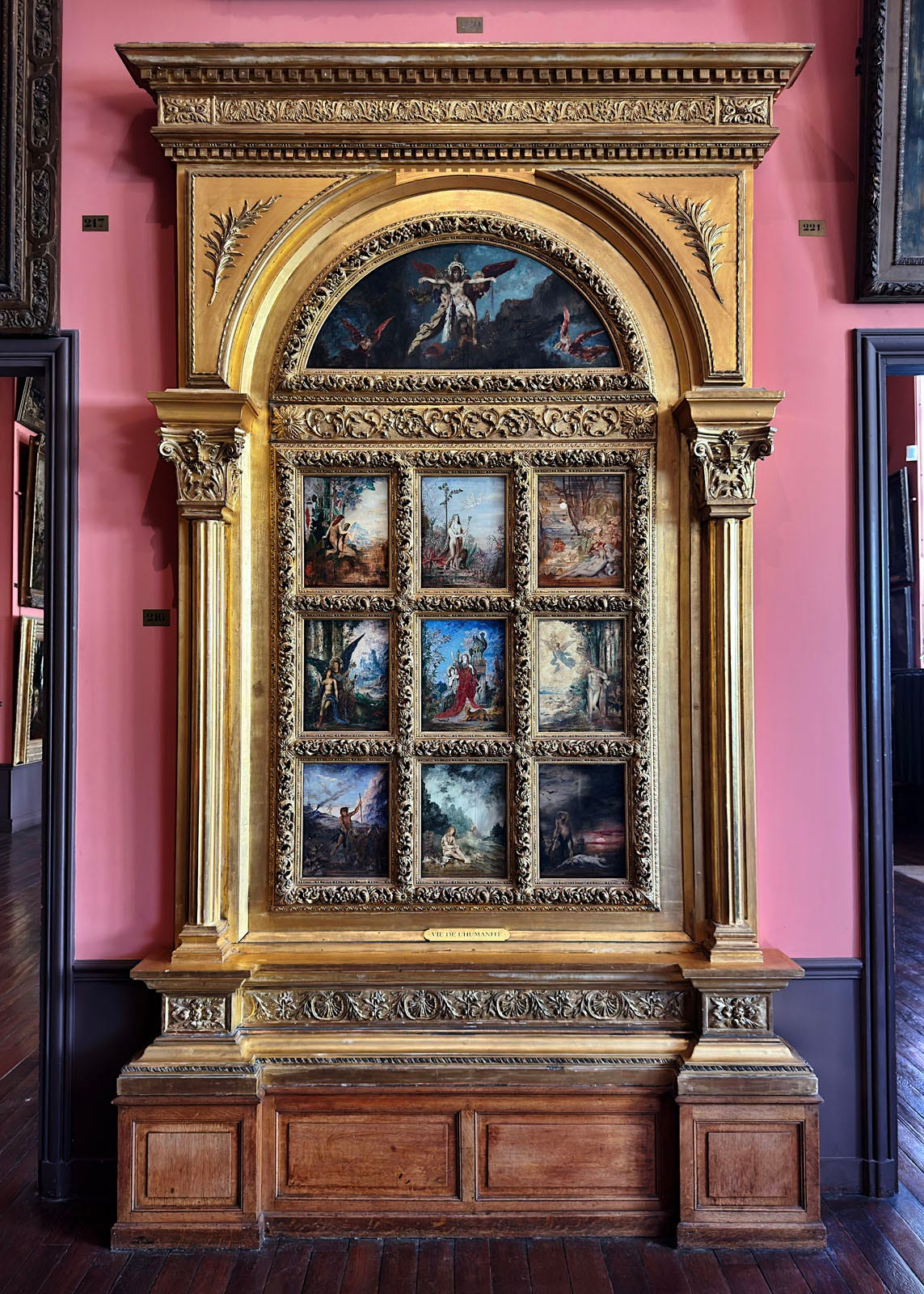
Perfect article to entice visitors to this museum! Moreau is a new-to-me artist, and I’m so grateful for your Insta posts highlighting those 2 works you mention at the end. Exactly the kind of art that I find endlessly fascinating, and now I have a place that I can count on to help avoid the crowds when I visit Paris, thank you! 🙏🙌